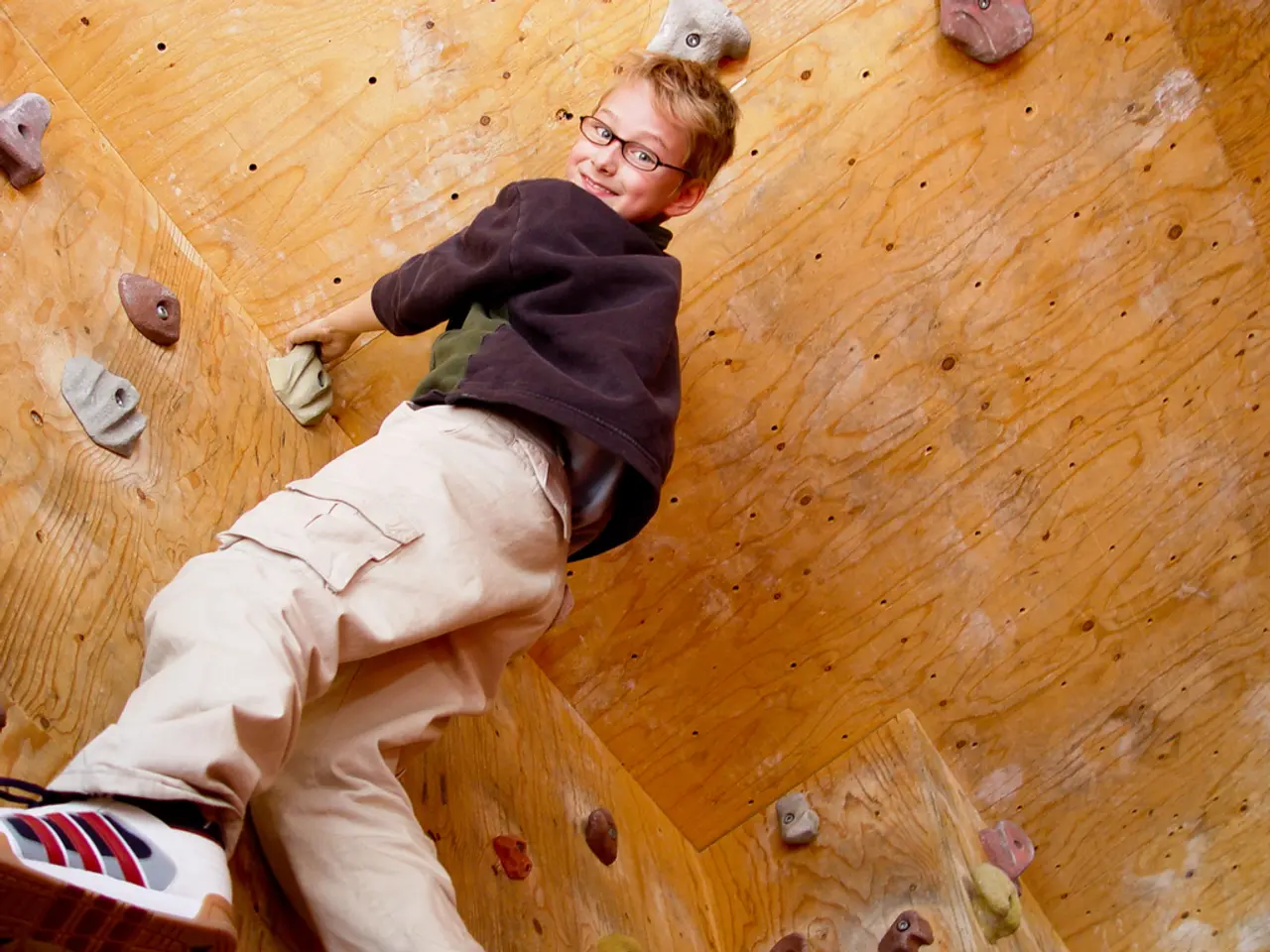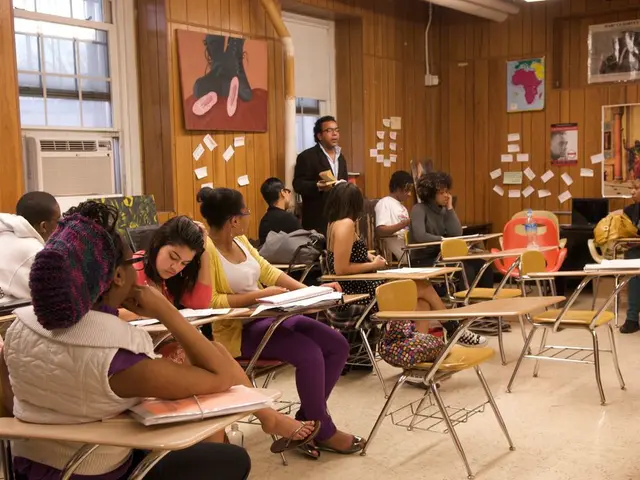Strategies Boosting Constructive Actions: Encouraging Appropriate Conduct through Rewards
In the realm of education, positive reinforcement has emerged as a potent tool to foster learning and growth among students. This approach, which encourages good behavior and discourages bad habits, has been shown to improve grades, promote better social interactions, and create a supportive classroom environment.
At the heart of positive reinforcement lies a series of effective strategies designed to motivate students and reinforce desired behaviors. One such strategy is the consistent use of verbal praise and recognition. By acknowledging and commending students' efforts and achievements, both privately and publicly, we foster a sense of accomplishment and encourage the repetition of positive behavior.
Another strategy involves establishing a fair reward system. Tangible rewards, such as stickers, special privileges, or classroom reward systems, can serve as extrinsic incentives that motivate students to meet behavioral or academic expectations.
Maintaining a high ratio of positive to negative interactions is crucial in creating a supportive and encouraging environment. Aiming for at least five positive interactions for every negative one helps reinforce desired behaviors over time.
Teaching and reinforcing expected behaviors explicitly is also key. Pre-teaching and rehearsing behavioral expectations regularly, using cues and reminders, ensures that students know exactly what is expected of them.
Creating predictable routines and using visual supports can further reduce anxiety and increase compliance with rules and routines. Structured and predictable daily schedules with visual cues help students understand what comes next.
Building strong relationships with students is another essential component. Developing rapport by showing genuine interest and respect, greeting students personally, and creating opportunities for informal check-ins increases students’ motivation to behave well out of feeling valued and connected.
Celebrating successes consistently, whether through praise, parent communication, or classroom acknowledgment, reinforces positive behavior as a valued norm. Recognizing both small and large achievements regularly can inspire others to follow suit.
Adding team rewards and friendly competition can make students feel like they're part of a team, keeping them engaged and making them feel accomplished. Social recognition, sharing a student's success with the class, is a powerful way to recognize them and inspire others to follow their example.
Using different types of positive reinforcement helps create a positive learning environment, boosting student engagement, motivation, and their outlook on school success. Tangible rewards, like stickers or small prizes, can be very effective when used right, giving students a clear sign of their success and motivating them to keep up the good work.
Focusing on effort and progress in the classroom can create an environment where students love to learn and grow. By using positive reinforcement, you can help your students grow and succeed, setting them up for success in the future.
The use of a reward system can boost student motivation and interest in learning. However, it's important to watch out for challenges, such as avoiding using it as a way to control or bribe, finding the right balance between encouragement and independence, and using technology to boost its effectiveness.
It's also important to avoid giving out the same old prizes and instead reward students for their hard work and progress. By following these steps, you can make your classroom a positive and engaging place, improving student behavior and learning outcomes.
Respecting individual boundaries and fostering a learning environment that values personal growth are essential in effective education-and-self-development. By creating predictable routines, providing clear expectations, and consistently offering verbal praise and tangible rewards, educators can encourage students to take responsibility for their learning while also promoting social interactions and collective success.
Offering students choices, treating them as partners in the learning process, and establishing a balanced approach that focuses on effort and progress rather than solely on results are crucial for fostering lifelong learning, respect, and personal growth.






